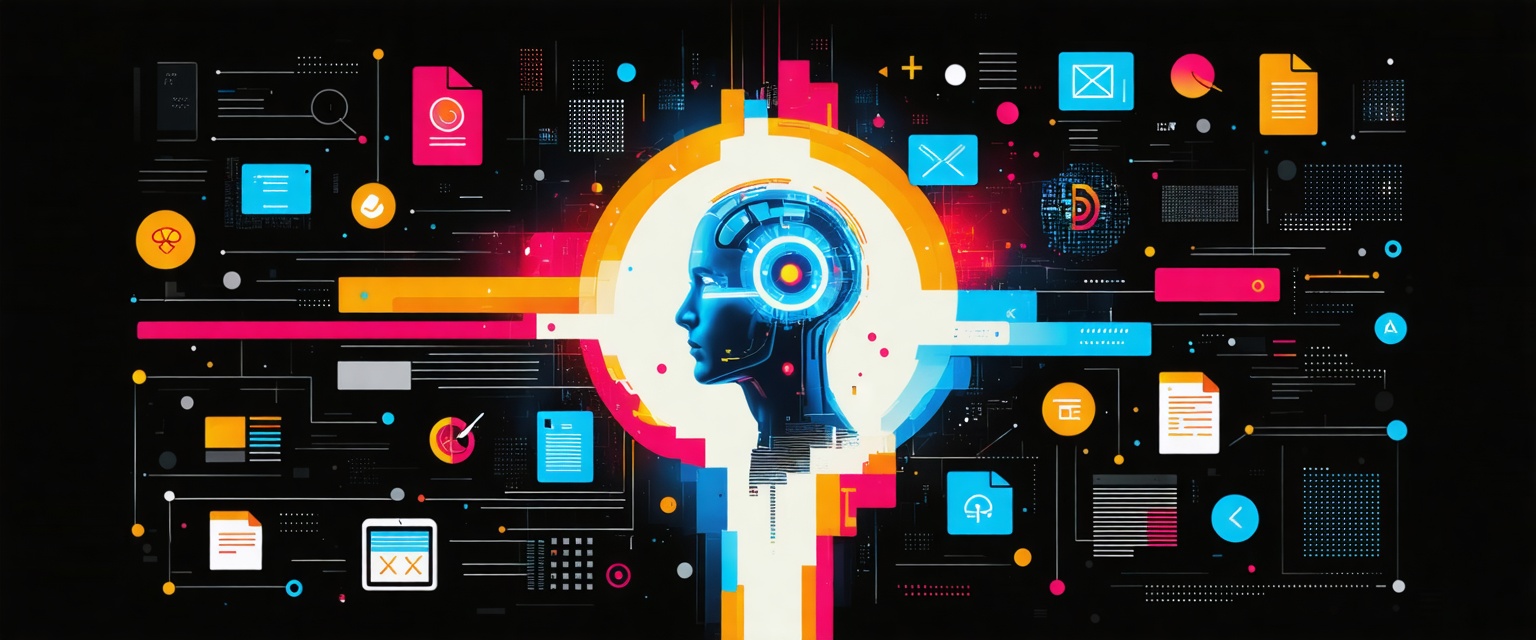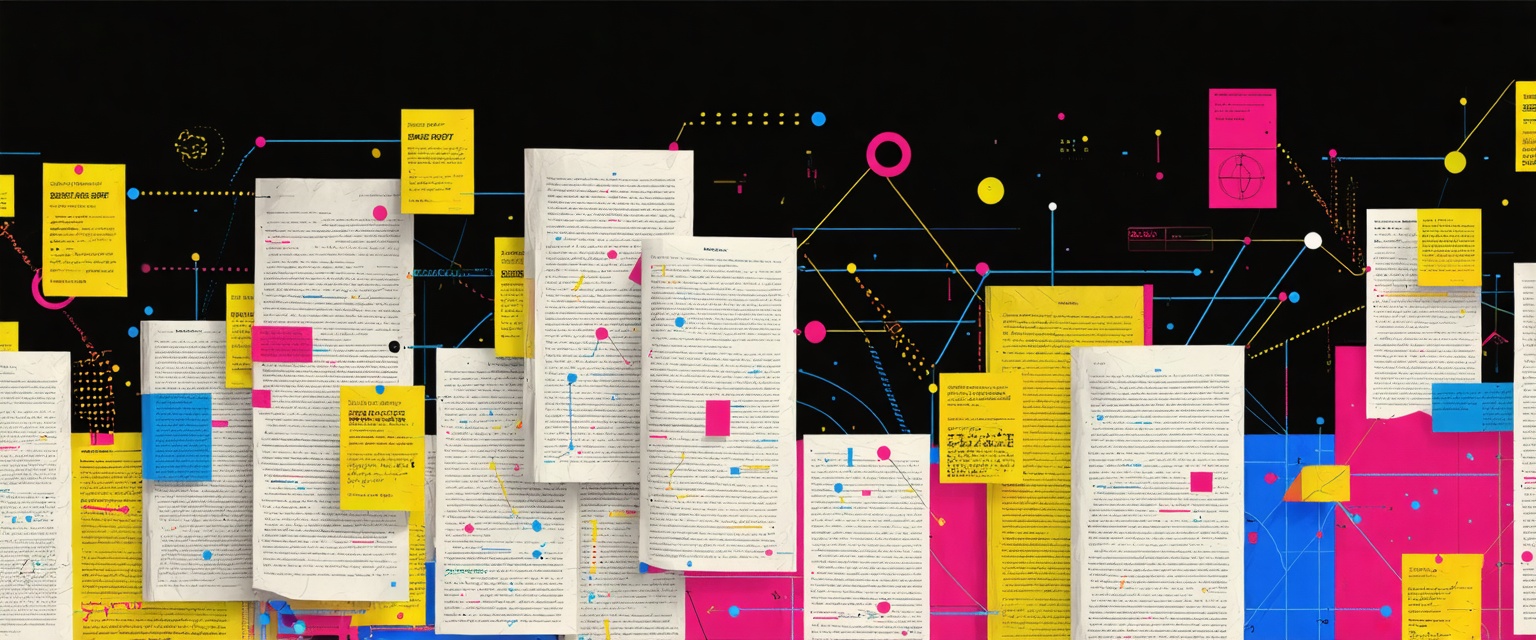All Posts
AI Agents for Law
How AI Agents Streamline Contract Analysis for Paralegals: A Comprehensive Guide

What is Substantive Contract Analysis?
Paralegals spend 40-60% of their time processing contracts manually—extracting dates, flagging risky clauses, and cross-referencing terms against firm templates. This time-intensive workflow, known as substantive contract analysis, transforms dense legal documents into actionable data that attorneys can actually use.
The process starts with document collection and verification: confirming signatures, tracking versions, and validating basic metadata. Next comes data extraction—pulling effective dates, termination clauses, payment terms, and party information from each agreement. Then you analyze every clause against firm playbooks, flagging non-standard indemnities, hidden liabilities, and compliance requirements. Finally, you compile findings into reports that highlight risks and deadlines for attorney review.
Each contract requires careful clause-by-clause examination—indemnity terms, confidentiality requirements, liability limitations—with every provision tested against internal templates and regulatory standards. Paralegals must track compliance deadlines, renewal windows, and obligation triggers while flagging non-standard language for attorney review. This comprehensive analysis ensures nothing critical gets overlooked, but a single agreement can consume 3-8 hours of manual analysis time, depending on complexity and length. For firms processing hundreds of agreements monthly, this workflow creates significant bottlenecks that keep legal teams focused on document processing instead of strategic analysis.
The Accuracy Burden: When Missing Contract Details Has Legal Consequences
A single missed clause creates cascading legal problems. When an indemnity paragraph shifts broad liability or a renewal date passes unnoticed, you're looking at contract breach, unexpected penalties, and lost negotiating leverage. Missed notice periods can result in breach of contract and loss of negotiating leverage, but typically do not automatically waive termination rights. Undetected limitation-of-liability language saddles clients with costs the business never budgeted for. Every oversight carries professional stakes—analysis errors trigger malpractice claims and ethics investigations.
Manual contract processing amplifies these risks through sheer volume and time pressure. Paralegals often perform line-by-line analysis under end-of-quarter deadlines, processing 50+ page agreements with cross-referenced exhibits and amendments. Fatigue breeds human error, especially when handling such complex documentation under tight timelines.
Contract review AI changes this dynamic completely. Machine learning models identify non-standard clauses instantly, track critical dates automatically, and surface ambiguous language that manual review might miss. Instead of hunting through documents for key terms, you validate AI findings and focus on legal analysis. The accuracy burden shifts from human memory and attention to systematic data processing—exactly what machines handle better than people.
The Contract Interpretation Maze That Slows Legal Teams
Open a 60-page vendor agreement and the maze begins. You must decide whether a dense paragraph is harmless boilerplate or a customized clause that shifts liability onto your client. Every ambiguous verb requires a judgment call, and fatigue makes those calls slower with each page. Cross-references complicate the analysis—termination rights tucked into an earlier schedule, indemnities spread across multiple addenda. One missing link could waive critical protections.
Industry jargon creates additional complexity. A "revenue share" in a software license means something completely different in a construction subcontract, yet you're expected to know both. Jurisdictional quirks multiply the challenge; the same force-majeure language reads differently under New York law than under English law, forcing you to dig through case notes instead of moving to the next contract. Version control compounds the problem: redlines accumulate across email threads while you chase the "final-final" copy before any real analysis can start.
Each hurdle forces you to pause, research, or escalate routine questions to an attorney. A single contract that should take 2 hours stretches to 6 hours. Multiply that across hundreds of agreements, and Paralegals often encounter workflow bottlenecks that can detract from time spent on strategic analysis, though there is no specific figure universally accepted by industry sources. AI agents eliminate this maze by processing thousands of contracts simultaneously, flagging non-standard language, and surfacing jurisdiction-specific risks in minutes—letting paralegals focus on decisions instead of detective work.
Datagrid for Legal Professionals
Every legal department has its mountain of contracts: NDAs in email threads, master service agreements on shared drives, amendments sitting in legacy CLM systems. You spend hours copying dates into spreadsheets, hunting for indemnity language, and building risk reports that go stale before they reach the attorney's desk. Datagrid's AI agents automate this document processing, turning contract review into a data workflow that runs itself.
The platform ingests documents from every corner of your tech stack—email archives, cloud drives, e-billing systems, even massive object stores like Azure Data Lake Storage—then applies optical character recognition and natural-language processing to structure the raw text. Testing shows the agents processed thousands of pages of discovery in minutes, tagging relevance and privilege without human batching or file renaming, work that normally blocks paralegals for days. The same ingestion pipeline feeds contract work: once a file lands in the system, completeness checks confirm exhibits, schedules, and signature pages are present.
Datagrid processes contract analysis systematically. Contract metadata gets validated automatically—party names, effective dates, and renewal terms are extracted with clause-aware NLP the moment the document is indexed. Clause agents compare language against your approved templates and regulatory rule sets. Deviations in liability caps or governing-law provisions are flagged in-line, so you see issues in context rather than buried in an email summary. A risk-scoring model weights each exception, surfacing the handful of contracts that need attorney eyes while letting boilerplate flow straight to signature. Modern AI review tools can cut turnaround from days to minutes, and Datagrid applies that speed at enterprise scale.
When analysis finishes, results sync back to whatever system owns the record—NetDocuments, iManage, or the home-grown SharePoint library your firm refuses to retire. Integration happens by API, not manual export. Because Datagrid writes structured data as well as it reads, renewal dates post to your matter-management calendar. Deadlines can also flow directly into your HubSpot calendar so renewal dates never slip through the cracks, and risk dashboards update in real time. This bidirectional flow proves key to successful adoption across legal departments.
Datagrid's architecture specializes individual agents by document type. A sales-contract agent hunts for pricing escalators, while a vendor-agreement agent focuses on data-privacy addenda. For heavily regulated sectors, the same agentic architecture powers automated claims processing insurance teams rely on to triage thousands of forms a day. Scaling is horizontal—add more agents, not more headcount—so reviewing 10,000 legacy agreements for a diligence project looks the same as reviewing ten new statements of work. Modern NLP can identify standard and non-standard clauses across thousands of contracts simultaneously, and Datagrid builds that capability into every agent and tunes it for your templates.
AI even handles report formatting, applying automated branding rules so every risk summary matches the firm’s style guide without manual tweaking.
Security stays front-of-mind. Documents remain encrypted in transit and at rest, with access governed by the same role-based controls that protect your DMS today. Feedback loops let you correct a mis-tagged clause once and watch every downstream agent learn from it—continuous training without data-science overhead. Operational metrics stream to AWS Timestream so IT can monitor throughput and latency in real time.
The math is straightforward for paralegals: if you currently spend six hours extracting data from a 50-page agreement, Datagrid delivers the finished abstraction in under ten minutes. The four-plus hours you win back shift to high-value tasks—drafting negotiation points, advising on regulatory changes, chasing signatures before quarter-end. You'll never type another termination date into a spreadsheet.
Simplify Legal Tasks with Datagrid's Agentic AI
Contract analysis bottlenecks occur when paralegals manually extract parties, effective dates, and risk clauses from hundreds of agreements weekly. Datagrid's AI agents process incoming contracts automatically, extracting key terms and risk indicators while feeding structured data directly into existing document management systems. Legal teams eliminate line-by-line review workflows and instead focus on strategic contract analysis and attorney support.
Automated compliance dashboards surface renewal deadlines and flag non-standard language patterns, enabling paralegals to transition from document processors to legal analysis partners. Implementation involves connecting document sources to Datagrid's processing grid along with additional configuration steps; contract analysis automation is initiated after proper setup to minimize disruption to current case management workflows. This transformation allows legal professionals to reclaim their time and redirect their expertise toward high-value strategic work that truly requires human judgment and legal acumen.












